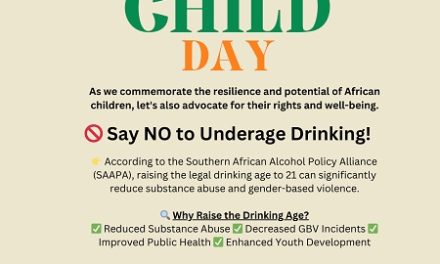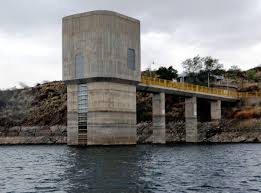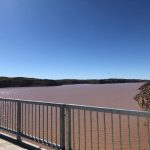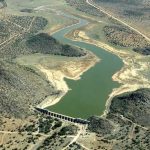
Embrace road safety just as we have embraced Vision 2030
The Motor Vehicle Accident Fund is embarking on an ambitious campaign to teach Namibians road manners. This is just the latest attempt in a string of many, to try and stem the tide of statistics all confirming that we are the world’s most terrible road users on a per capita basis.
When an authoritative traffic report last year used our own statistics to argue convincingly that we use automobiles to kill more people per thousand of the population, than any other cause of unnatural death, it created a small local uproar. Eventually the report was discredited and later ignored, but only by us, the very people who could have benefit most from heeding its findings.
In the meantime, the statistics only got worse and worse, and the evidence against us as road users continued to mount. Somehow, every year, we manage to outdo ourselves, setting new tragic records for traffic mortalities. A rational consideration of the growing fatalities surely must convince every Namibian with a little common sense that finally, we shall have to start taking the stats serious. If not, road fatalities will continue to be our number one killer, and our biggest drain on the available funds for recuperation and rehabilitation.
About the latest road safety campaign, I am in two minds. If none of the previous interventions delivered any positive results, what rational hope do we have that this time will be different?
Perhaps we need to change course and find an entirely new tack. My travels in Africa has shown me that traffic chaos is not a uniquely Namibian phenomenon. I have visited African cities where traffic jams are notorious and where one can be stuck for hours. But this was always in metropolitan areas and once outside the city on country roads, I encountered rather sedate road users. This often frustrated me, being used to fast driving.
We do not share these large metropolises but instead have our own unique road mentality. Distances are very long and roads, with a few minor but fatal exceptions, are generally uncongested. This combination invites us to drive fast, in the past more than nowadays, but driving 160 km/h was deemed slow until recently. I know of many instances where drivers regularly drove 200 km/h without undue threat to life or limb. Our sealed roads simply lend themselves to that type of driving. Visibility during the day is excellent and one can see at least a kilometre ahead. This lulled us into complacency.
I am not defending our driving, I am merely stating that in a country where airlinks between major towns do not exist, road travel is the indicated mode of transport. And when the destination is 800 or even 1000 km away and one has to get there before dark, then you press the pedal.
Two things have changed remarkably over the past twenty years and I believe both are contributing factors to our appalling road safety record. First, the number of vehicles increased enormously, and second, the number of inexperienced drivers also increase manifold. Given the relatively good condition of our sealed roads and the ability of almost any modern car to easily travel at 160 km/h or even faster, we courted disaster. This is exactly what has been happening over the past ten years.
Enter the pervasive lack of law enforcement. Namibia is simply too big and too sparsely populated to allow a traffic officer every 50 kilometres or so. Most of the time, a single officer is on duty on such long, notorious stretches like Keetmans Mariental, Mariental Rehoboth, Okahandja Karibib, Okahandja Otjiwarongo, Otjiwarongo Tsumeb, Tsumeb Oshivello, and Oshivelo Ondangwa. Often I have travelled the almost 270 kilometres from Grootfontein to Rundu without seeing a single law enforcement officer other than at the Mururani gate. I am not offering it as an excuse but it is practically impossible to police the roads effectively, all the time. The distance are simply too big, the traffic officers and available manpower too limited.
Inside the towns law enforcement is slightly more efficient but only in Windhoek and a very few other smaller towns. For the rest, the typical rural town or settlement is as devoid of law enforcement as the Namib of rain.
I realise there is no quick solution to change our driving culture but I also realise something has to be done. In this regard the National Road Safety Council can play a much bigger role, actually relieving the MVA Fund of this costly burden. For us to become safer road users, in the end we shall have to change our entire culture.














































